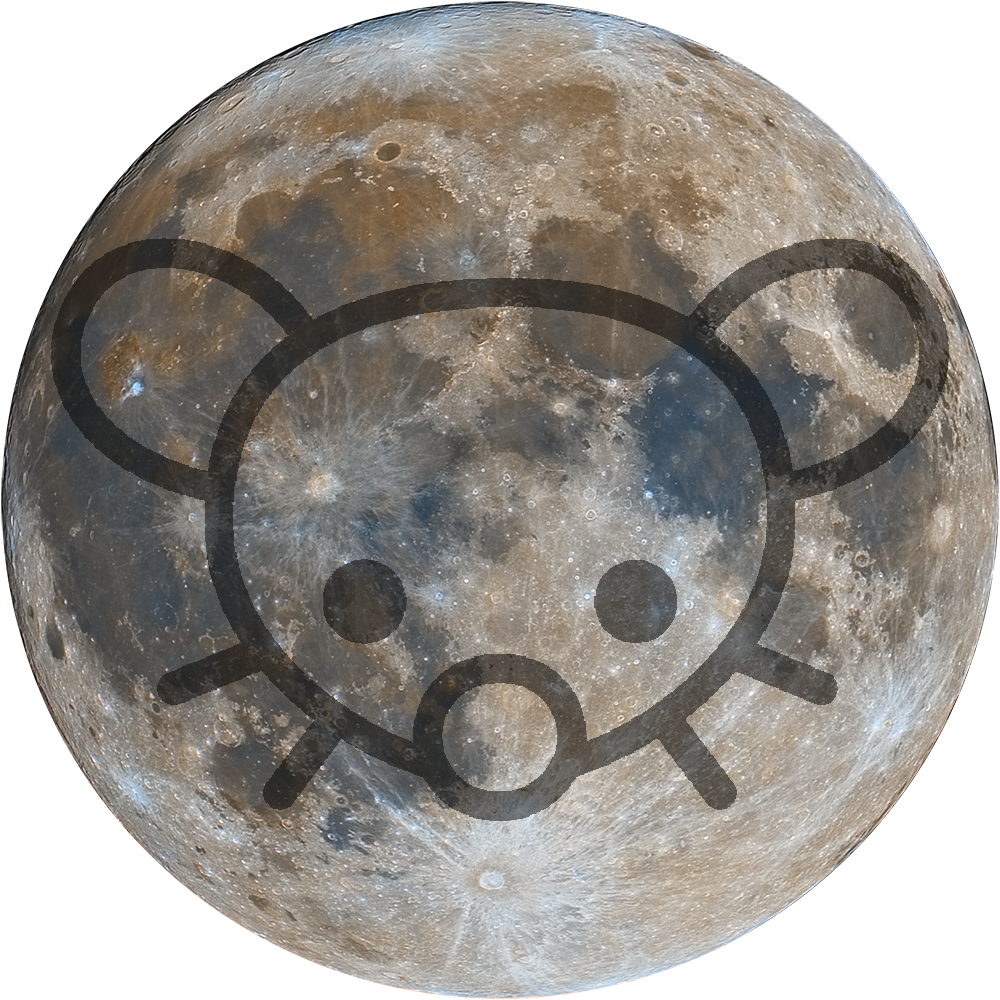Last year, I had my mirrors tested optically because I was never 100% content with even my “sharpest” results - there was always a feeling that there was an unnecessary bit of blur in the raw data.
Happily, the 20" mirror itself turned out to be quite good (not perfect, but at Strehl 0.89 and lambda/10 it is completely within spec and not worth refiguring) - however, the secondary turned out to show a frankly ridiculous lambda/2 (!) astigmatism. Since it was also on the small side for use in deepsky imaging (4" mirror on a 20" F/4 scope) I opted to replace it with a 5" diagonal from Ostashowski optics. The terrible weather in Western Europe in the last 6 months prevented me from doing any real testing (or even reinstalling the telescope in the observatory…) until now.
However, the 19th & 20th of March were finally “good” - good seeing (by our local standards…) and on the 20th, transparent skies.
This allowed me to finally stretch the renewed scope’s legs a bit, resulting (among a mass of other still to be processed data) in this 62 megapixel mosaic of the Lunar North pole at 0.08"/pixel
Check out the full resolution image on https://www.flickr.com/photos/bartcentral/53618375534/sizes/o/


Individual recordings are 5000 frames at 133fps, the field of view of the ASI462mm camera is about 4x2 arc minutes, so a number of individual stacks were combined in a mosaic to reach this resolution and field of view.
Planetary and lunar imaging works very differently than deepsky imaging. The technique behind it is called ‘lucky imaging’. Only about 20% of the sharpest recorded frames actually are used in the final image.